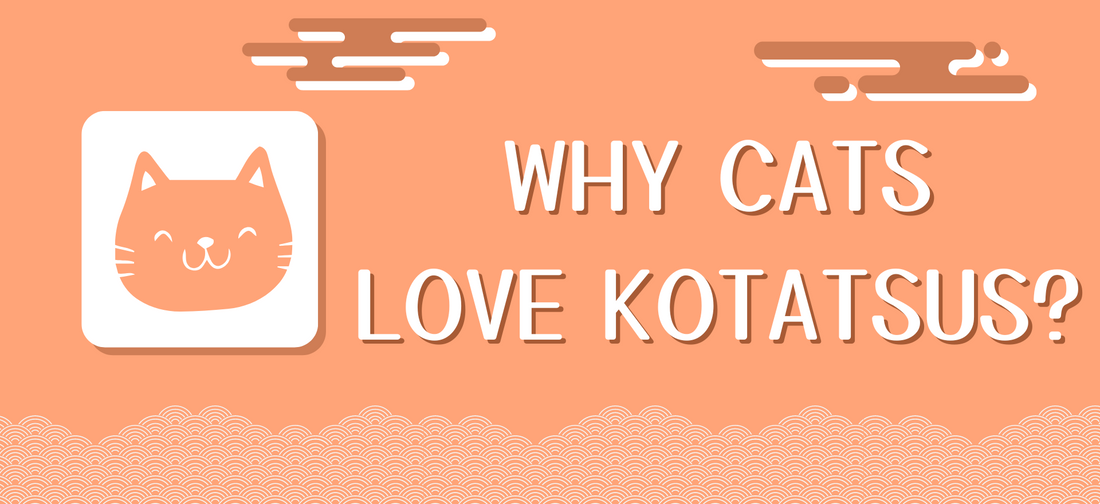The kotatsu, a traditional Japanese heating appliance, is known to provide comfort and warmth to those tucked under its quilt-covered table during the biting cold winters of Japan. Over time, this piece of furniture has not only been adopted in human life but has also extended its role to the animal kingdom, particularly with cats. The remarkable bond between the kotatsu and cats is a cultural nuance that transcends practicality and ventures into the realm of companionship and shared warmth. This essay aims to delve into this fascinating relationship with a nuanced understanding of its cultural implications.
The practice of keeping cats as pets in Japan dates back centuries and is embedded in folklore and tradition. Cats are not merely seen as pets; they are respected, adored, and seen as bringers of good luck and protection. The maneki-neko or ‘beckoning cat’ is a common figurine across Japanese homes and businesses, bearing testament to the revered status of cats within Japanese society. This cultural affinity has led to the development of a harmonious relationship between the kotatsu and cats, both at a practical level and as a cultural characteristic in Japanese households.
Cats, with their natural fondness for warmth and comfort, are instinctively drawn to the cozy space provided by the kotatsu. During Japan's harsh winters, the cats often tuck themselves beneath the soft, heated blanket for a peaceful nap. These adorable interactions caught the public eye and have since become a distinctive representation of the comfort provided by a kotatsu. Cats cozying up under a kotatsu have now become a popular motif in Japan, akin to a roaring fireplace on a cold Western evening.
The imagery of cats napping under a kotatsu has permeated Japanese popular culture, especially within the powerful mediums of anime and manga. Examples such as "Natsume's Book of Friends", "Kamichu!", and Studio Ghibli's film "Whisper of the Heart" showcase characters – especially cats – enjoying the warmth of the kotatsu, further reinforcing an association between comfort, warmth, and the loving presence of pets.
This widespread portrayal of cats and kotatsu has elicited not just feelings of warmth and coziness, but also a sense of tranquility and peacefulness. Such vivid representations portraying the comfort-loving nature of cats combined with the communal Japanese appliance echoes an essential aspect of Japanese aesthetics – the appreciation of simple and transient beauty, encapsulated in the term ‘Mono no Aware’.
The kotatsu-cat phenomenon is not confined to visual representation. Cat cafes in Japan often equip themselves with kotatsus to provide customers with the distinctive experience of sipping their tea while a cat naps nearby under the kotatsu. This allows for a tactile translation of the cultural nuance depicted through various media forms and cements a unique correlation between comfort, warmth, and the presence of cats.
In conclusion, the relationship between the kotatsu and cats manifests itself as both a cultural symbol and a practical commodity in Japan. It paints a vivid picture of a simple yet profound perception of shared warmth, comfort, and tranquility in the mundane hustle of life – a sentiment that is deeply ingrained in Japanese aesthetics. The fondness of cats for kotatsu beautifully exhibits the harmony between traditional Japanese lifestyle elements and the natural instincts of the feline companions, offering warmth and comfort to both parties in the cold winter months.

